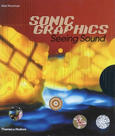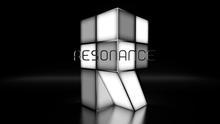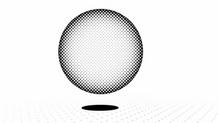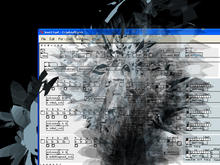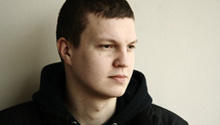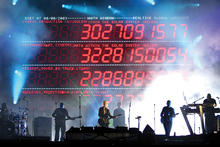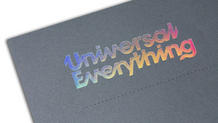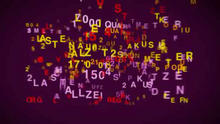Mate Steinforth
(*1977) is a German designer and director. His understanding of the art is deeply rooted in the attempt to be able to immediately respond visually to any given auditive and emotional situation.
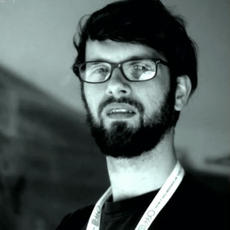
In his teen years Mate Steinforth became active in the computer art subculture called Demoscene and eventually began working as a graphic artists for computer games. He studied graphic design at University of Applied Arts Hildesheim and the University of Madrid, Facultad de Bellas Artes.
In 2002, he moved to Madrid to work as an Art Director in the graphic studio Juan Dela Mata.. From 2004 an he worked as a freelance motion designer/director for several companies in Berlin and Munich. In 2007, he moved to New York to work for the production company PSYOP.
From 2002 to 2006 he was focussing on animation, particularly the Performance art of VJing. Under his VJ alias of mateuniverse, he has toured Europe. He could perform at various art and electronica events in Europe and abroad with his moving pictures work being screened at festivals and on TV.
His visual style as a VJ has been described as “deconstructionist abstract”, with three-dimensional objects creating impressing effects of space and depth. His understanding of the art is deeply rooted in the attempt to be able to immediately respond visually to any given auditive and emotional situation.
From 2005 to 2009, he worked at PSYOP as a Designer and Director, doing styleframes for pitches and projects. These are graphic illustrations that communicate the content and vision for a yet-to be produced spot to the client and the animators.
Starting December 2009, he moved back to Germany to head up the Berlin branch of the motion design and animation Label SEHSUCHT.
Next to his professional work he always tries to spend time on collaborative projects, directing animated shorts and short clips.
Source: Mate Steinforth's website
